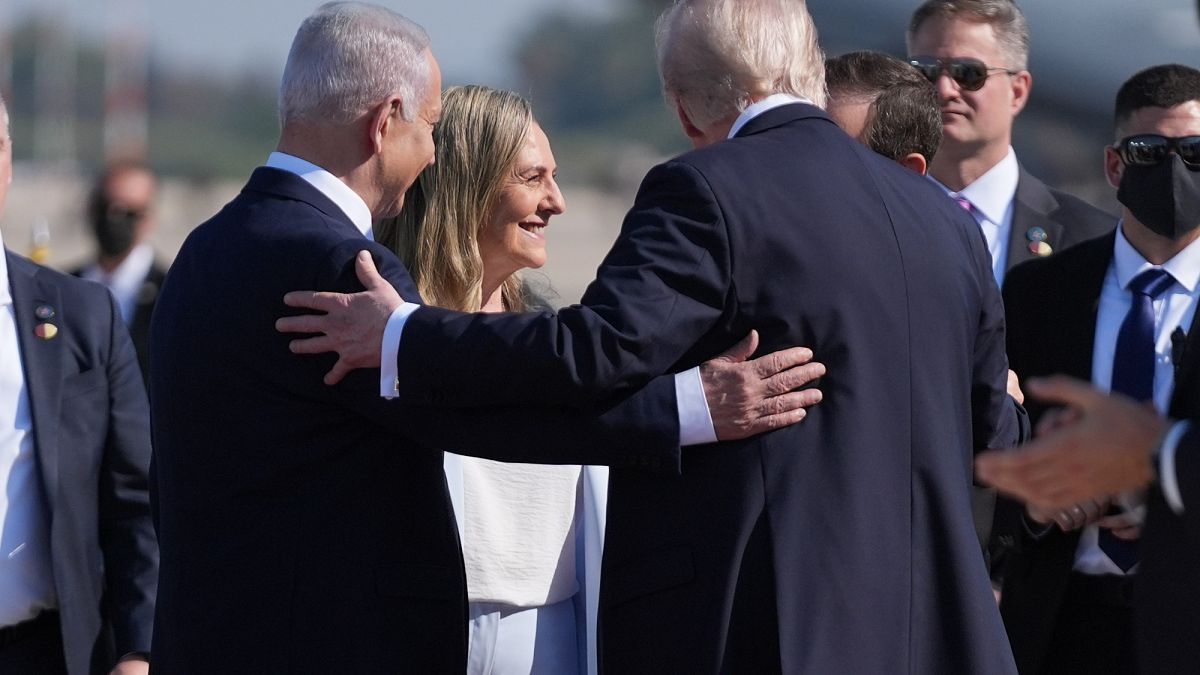On September 29, US President Donald Trump alongside Israeli Prime Minister Benjamin Netanyahu announced a new plan to address the war in Gaza.
Commonly referred to as Trump’s 20-point plan, it was negotiated with the consultation of many Arab and Muslim countries, notably Egypt, Qatar and Turkey.
The immediate triggering event that reportedly caused President Trump to force Israel to end the Gaza War was the Israeli attack on Doha, which violated Qatar’s territorial integrity in a failed attempt to kill the Hamas negotiators.
Due to domestic political differences, Trump felt freer to put pressure on Israel, and in the months of the second Trump term, Israel had achieved all of its major military objectives in Iran, Lebanon, and Gaza.
On October 8, Trump announced that Israel and Hamas had reached an agreement and signed the first phase of the deal. Here are the components of the deal:
Phase 1: Immediate ceasefire and humanitarian actions
The plan mandates an immediate cessation of hostilities, with all military operations suspended and frontlines frozen, and the immediate release of all Israeli hostages, alive and deceased, within 72 hours. Furthermore, the plan stipulates the release of Palestinian prisoners in Israel, including 250 life sentence prisoners and 1,700 individuals arrested since the war began.
Phase 2: Demilitarization and security measures
Phase 2 negotiations are expected to begin after the release of the hostages.
The proposed strategy includes the destruction of Hamas’s offensive weaponry, such as tunnels and military infrastructure, to neutralize their capacity for further violence.
The statement says that Gaza will be “a de-radicalized terror-free zone that does not pose a threat to its neighbors.”
It also offers amnesty to Hamas members who commit to peaceful coexistence, with safe passage provided for those opting for exile.
Additionally, a temporary international stabilization force, composed of U.S., Arab, and European personnel, would be deployed to oversee security and facilitate the training of a Palestinian police force, ensuring long-term stability and peace.
Phase 3: Governance and reconstruction
A transitional administration, led by Palestinian technocrats and supervised by an international body, is planned to be established in phase 3 to manage day-to-day governance and oversee the rehabilitation of infrastructure.
Humanitarian aid is to be delivered without interference, with international organizations such as the United Nations and the Red Crescent overseeing its distribution to ensure fairness and efficiency.
Additionally, efforts are planned to encourage Palestinians to remain in Gaza, offering support to those choosing to stay and rebuild their communities.
The strategy includes the acknowledgment of Palestine as a state, contingent upon successful reconstruction efforts and necessary reforms within the Palestinian Authority.
To pave the way for long-term peace, a dialogue would be initiated between Israel and the Palestinians to establish a political framework that promotes peaceful coexistence and mutual understanding.
Gaza will be governed under the temporary transitional governance of a technocratic, apolitical Palestinian committee, responsible for delivering the day-to-day running of public services and municipalities for the people in Gaza.
This committee will be made up of qualified Palestinians and international experts, with oversight and supervision by a new international transitional body, the “Board of Peace”, which will be headed and chaired by President Trump with other members to be announced, including former British Prime Minister Tony Blair.
Although the plan recognizes the Palestinian state as a possibility that is “the aspiration of the Palestinian people”, it does not say that the United States would recognize Palestine as a state.
On September 30, Netanyahu said that a Palestinian state would not be established under Trump’s plan, ruling out such a possibility.

